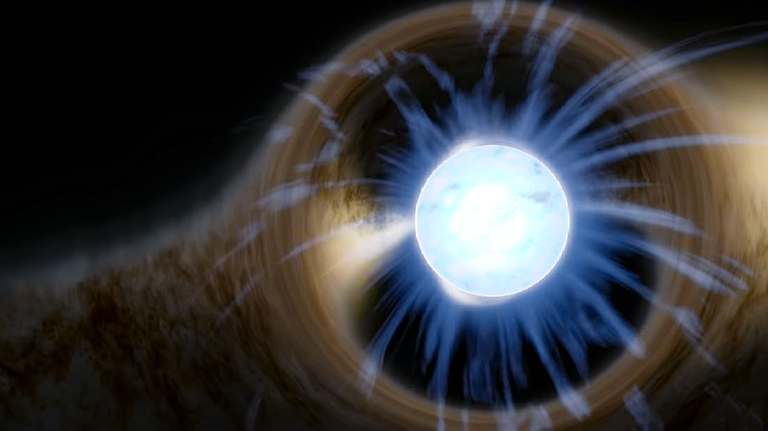
Have you ever thought about how dense matter can get? Because of our perceptual ability, we have a fairly intuitive understanding of the relationship between density and strength. We can feel the strength and weight of a cast iron rod by wrapping our hands around it. We all know that isn't the case for cotton.
However, when it comes to things we can't touch or feel, our understanding is limited.
Did you know that certain compounds have such a high density that a teaspoon of them weighs about 6 billion tonnes?
That's right! The matter density inside neutron stars is caused by giant stars collapsing on themselves after death. Supernovas, several times the size of our planet, run out of fuel and erupt in a massive blast. As a result, the pressure that causes them to spread outward is alleviated. These huge structures, which outweigh our own sun in size, are packed into unusually small spaces (a few kilometres) in relation to their mass.
But how is this possible?
A restraining force, in general, prevents matter from compressing into smaller spaces within itself. Even at absolute zero temperature, when the vibrational energy in molecules is zero, this limiting force, known as Fermionic Repulsion Pressure (FRP), holds molecules apart, defining an upper-bound for density. The greater the FRO becomes as molecules approach a certain threshold. When supernovas collide, however, the force is so powerful that even FRP is unable to hold it together, causing matter to collapse in on itself!!
REFERENCES:
REMEMBER TO UPVOTE, SHARE, AND SUBSCRIBE!!